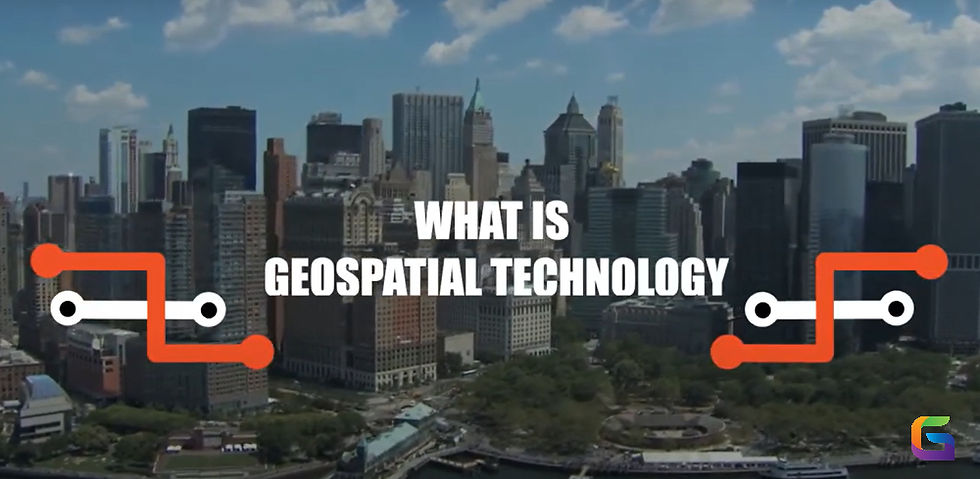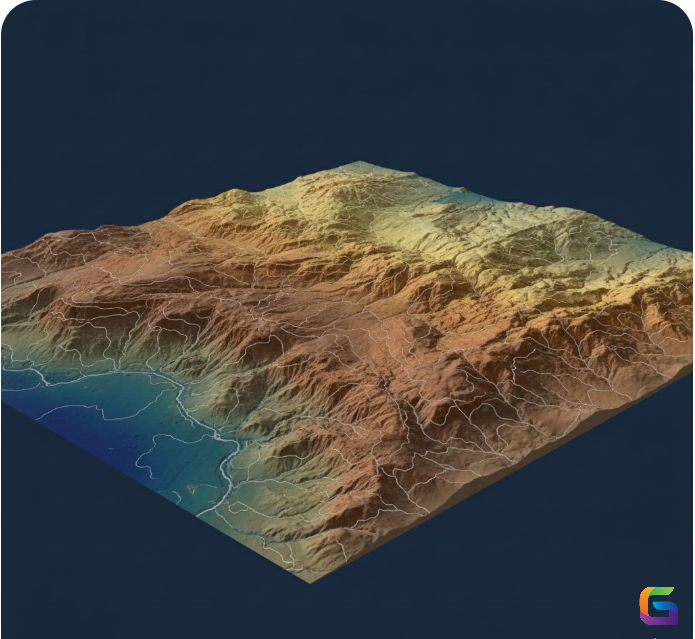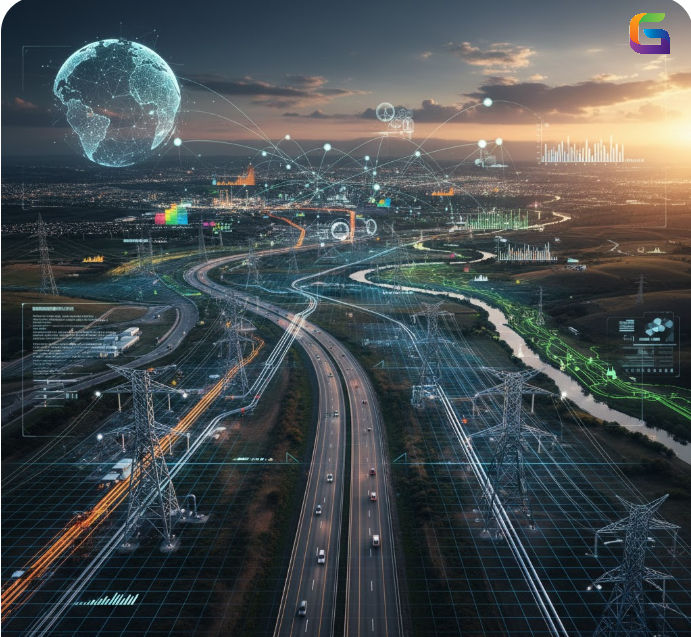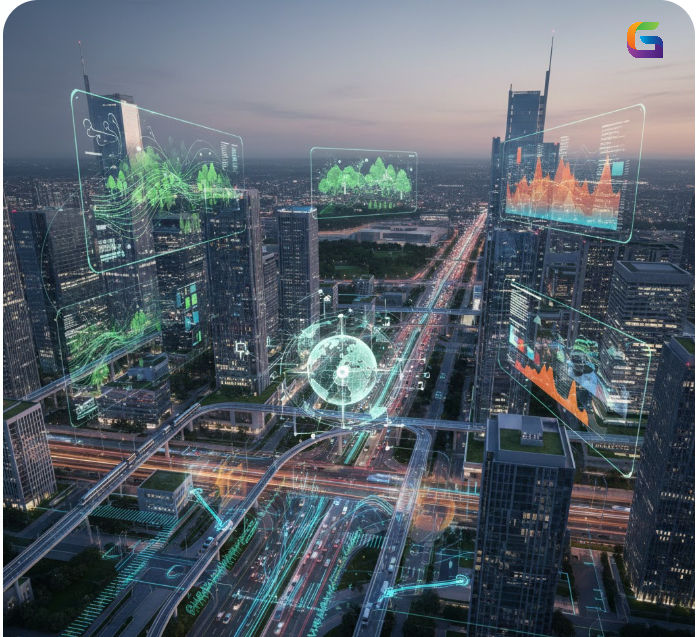Differences Between GIS and Geospatial Analysis You Should Know
- Anvita Shrivastava

- Jul 15, 2025
- 3 min read
Geographic Information Systems (GIS) and Geospatial Analysis are two concepts that frequently appear in the fields of location-based technology and spatial research. They reflect distinct aspects of working with spatial data, despite their close relationship and frequent interchangeability. Professionals in industries such as urban planning, environmental science, logistics, public health, and defence must be able to distinguish between GIS and geospatial analysis.

What Is GIS (Geographic Information Systems)?
Spatial and geographic data can be captured, stored, managed, visualized, and interpreted using a comprehensive system called GIS. It is crucial for producing and maintaining location-based information, serving as a digital framework for organizing geospatial datasets.
Key Functions of GIS:
Gathering of data (by satellite, GPS, LiDAR, etc.)
Database administration and data storage
Making maps and visualizing cartography
Feature editing and spatial querying
Integration with other systems and data sharing
Examples of GIS Tools:
Esri ArcGIS
QGIS (Quantum GIS)
GRASS GIS
MapInfo Professional
What Is Geospatial Analysis?
The practice of identifying significant patterns, trends, and connections in geographical data is known as geospatial analysis. It uses machine learning, statistical methods, and mathematical modelling to decipher spatial phenomena and resolve challenging issues.
Geospatial analysis is the application—the process by which spatial data is transformed into useful insights—while GIS offers the framework.
Core Techniques in Geospatial Analysis:
Proximity analysis and spatial interpolation
Vector and raster modelling
Cluster and hotspot identification
Network analysis (such as accessibility and routing)
Time-spatial analytics
Predictive simulations and modelling
Popular Tools and Libraries:
Python (GeoPandas, Rasterio, Shapely, PySAL)
R (sf, tmap, terra)
Google Earth Engine
PostGIS for spatial SQL analysis
Key Differences Between GIS and Geospatial Analysis
Feature | GIS | Geospatial Analysis |
Definition | A system for managing and visualizing spatial data | A process for analysing spatial patterns and relationships |
Primary Focus | Data management and visualization | Data processing, modelling, and inference |
End Users | Cartographers, GIS technicians, and data managers | Data scientists, spatial analysts, researchers |
Tools | ArcGIS, QGIS, MapInfo | Python, R, PostGIS, Earth Engine |
Output | Maps, layers, spatial databases | Analytical results, forecasts, and decision support outputs |
Use Case Example | Creating a digital map of road networks | Determining optimal ambulance routes during peak hours |
When to Use GIS vs. Geospatial Analysis?
Use GIS When:
Spatial data must be managed, stored, or visualized.
You're making interactive maps that the general public may utilize.
You are either keeping up a spatial database or digitizing features.
Use Geospatial Analysis When:
You are examining trends, patterns, or forecasts.
You must model potential future situations, identify changes over time, or improve routes.
You are carrying out research that is motivated by science or policy.
How They Work Together
Consider geospatial analysis as the insight engine and GIS as the foundation. Geospatial analysis transforms the data into useful insight once GIS gathers and arranges it. They serve as the foundation for contemporary spatial decision-making systems that are employed in environmental monitoring, urban planning, disaster response, and other fields.
Leveraging the full potential of geographical data requires an understanding of the distinctions between GIS and geospatial analysis. Geospatial analysis enables you to draw insights, solve challenges, and support intelligent decision-making, while GIS offers the tools to store and visualize geographic information.
Combining GIS and geospatial analysis provides unmatched value whether you're creating smart cities, monitoring environmental changes, or simulating disease outbreaks.
For more information or any questions regarding GIS and geospatial Analysis, please don't hesitate to contact us at
Email: info@geowgs84.com
USA (HQ): (720) 702–4849
India: 98260-76466 - Pradeep Shrivastava
Canada: (519) 590 9999
Mexico: 55 5941 3755
UK & Spain: +44 12358 56710




Comments